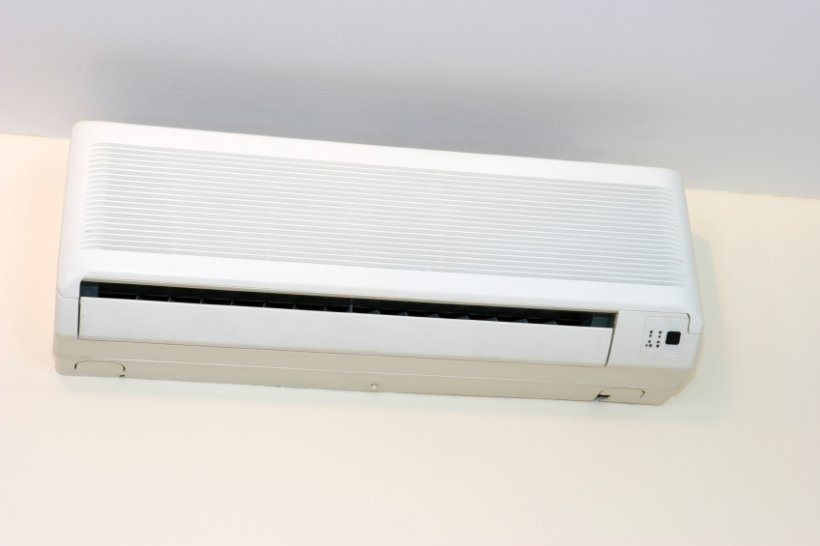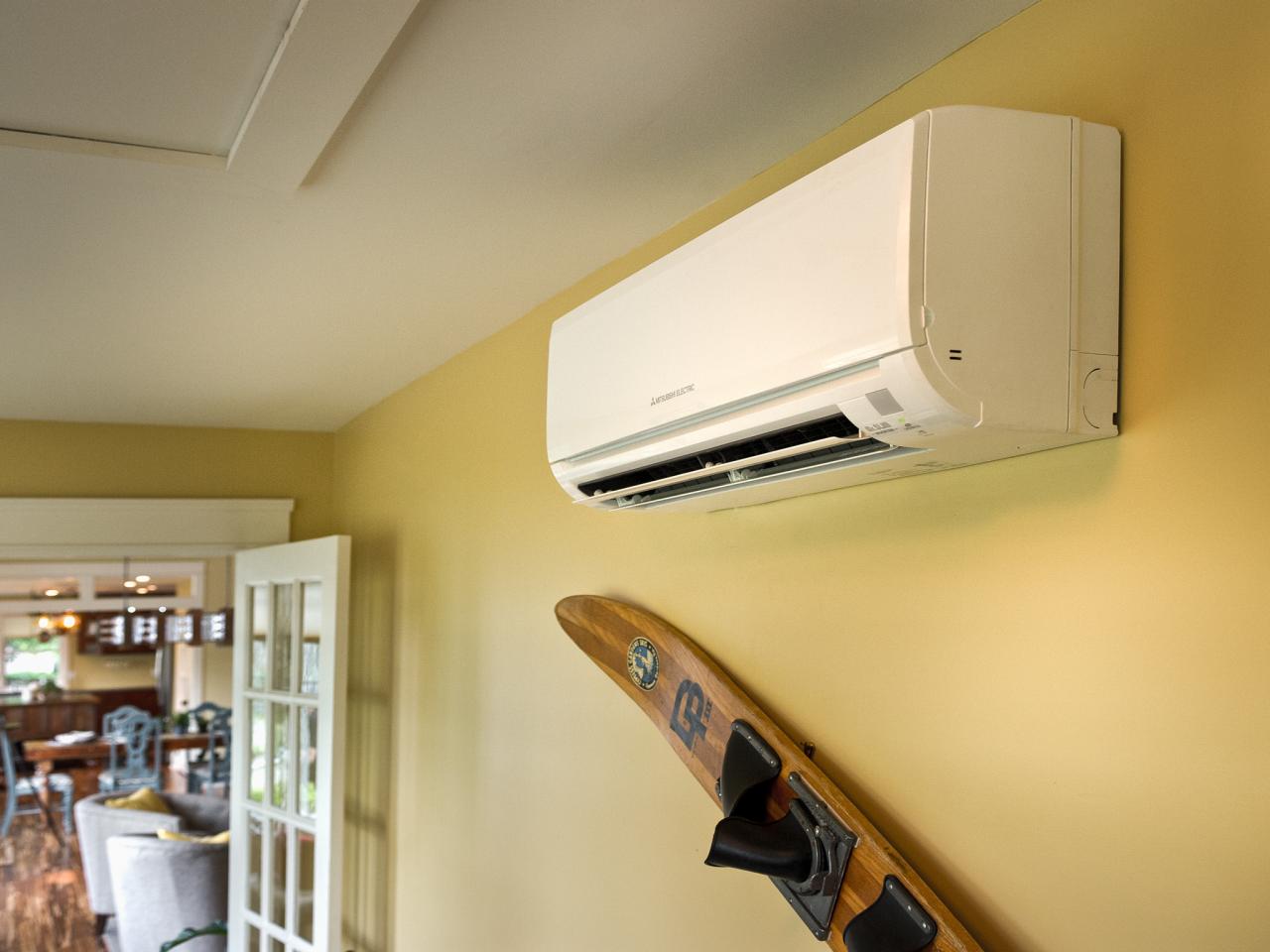How Much Are Mini Split Air Conditioners
Ductless mini-split air conditioners have surged in popularity, offering homeowners and businesses a flexible and energy-efficient alternative to traditional central air systems. For HVAC professionals, understanding mini-split technology—from installation and maintenance to troubleshooting and pricing—is becoming increasingly vital. This article delves into the costs associated with mini-split systems, examining factors that influence pricing and exploring the implications for HVAC careers.
Understanding the Cost Breakdown of Mini-Split Systems
The overall cost of a mini-split system is multifaceted, encompassing equipment, installation, and ongoing maintenance. Let's break down each component:
Equipment Costs
The equipment cost is primarily determined by the size and number of indoor units (air handlers) required. A single-zone system, consisting of one outdoor unit and one indoor unit, typically ranges from $800 to $4,000. Multi-zone systems, which can connect multiple indoor units to a single outdoor unit, can range from $2,500 to $10,000 or more, depending on the number of zones and the complexity of the installation. Brand reputation, SEER (Seasonal Energy Efficiency Ratio) rating, and features like smart controls also influence the price. Higher SEER ratings translate to greater energy efficiency and a higher initial investment.
Example: A homeowner looking to cool a single bedroom might opt for a single-zone 9,000 BTU (British Thermal Units) system, costing around $1,200 for the equipment. Conversely, a business owner aiming to cool several office spaces might choose a multi-zone system with five indoor units, potentially incurring equipment costs upwards of $7,000.
Installation Costs
Installation costs are highly variable, influenced by factors such as the complexity of the installation, the distance between the indoor and outdoor units, and the need for electrical work. A standard single-zone installation typically ranges from $300 to $1,500. Multi-zone installations can cost significantly more, ranging from $1,500 to $4,000 or more, particularly if extensive ductwork modifications or electrical upgrades are required.
Licensed and experienced HVAC technicians are crucial for proper installation. Proper installation ensures optimal performance, energy efficiency, and longevity of the system. Incorrect installation can lead to inefficiencies, malfunctions, and costly repairs down the line. The geographical location also plays a role, with labor rates varying across different regions.
Importance of Certifications: Technicians holding certifications like NATE (North American Technician Excellence) can often command higher rates due to their demonstrated competence and expertise. Employers also prioritize hiring NATE-certified technicians, as it reflects a commitment to quality and professionalism.
Operational and Maintenance Costs
Beyond the initial investment, it's important to consider ongoing operational and maintenance costs. Mini-split systems are generally more energy-efficient than traditional window units or central air systems, leading to lower energy bills. Regular maintenance, including cleaning the filters and coils, is essential to maintain optimal performance. Professional maintenance checks, typically recommended annually, can cost between $100 and $300 per visit.
Furthermore, the lifespan of a mini-split system typically ranges from 15 to 20 years with proper maintenance. Factors such as the quality of the equipment, the climate, and the frequency of use can impact its longevity.
Factors Influencing Mini-Split Pricing
Several factors contribute to the fluctuations in mini-split pricing:
- System Size and Capacity: Larger systems with higher BTU ratings will invariably cost more than smaller systems.
- SEER Rating: Higher SEER ratings indicate greater energy efficiency, resulting in higher upfront costs but lower long-term energy bills.
- Number of Zones: Multi-zone systems are more expensive than single-zone systems due to the added complexity and equipment required.
- Brand Reputation: Established brands with a track record of reliability and performance often command higher prices.
- Installation Complexity: Installations requiring extensive modifications to the building structure or electrical system will incur higher labor costs.
- Geographic Location: Labor rates and material costs vary across different regions, impacting the overall cost.
HVAC Career Paths and Mini-Split Expertise
The growing demand for mini-split systems presents significant opportunities for HVAC professionals. Here are a few potential career paths:
- Installation Technician: Focuses on installing mini-split systems, ensuring proper connections, refrigerant charging, and system startup.
- Service Technician: Specializes in diagnosing and repairing malfunctions in mini-split systems.
- Sales and Design Engineer: Designs HVAC systems, including mini-split configurations, and provides sales support.
- HVAC Project Manager: Oversees HVAC projects, including mini-split installations, ensuring they are completed on time and within budget.
Salary Outlook: According to the U.S. Bureau of Labor Statistics, the median annual wage for HVAC mechanics and installers was $51,390 in May 2021. The job outlook is projected to grow 5 percent from 2021 to 2031, about average for all occupations. However, expertise in emerging technologies like mini-split systems can significantly enhance earning potential.
Experienced technicians with specialized skills in mini-split systems can earn salaries ranging from $60,000 to $80,000 or more, depending on experience, certifications, and location.
Essential Certifications and Training
To excel in the HVAC field and work with mini-split systems, consider pursuing the following certifications:
- EPA Section 608 Certification: Required for handling refrigerants.
- NATE Certification: Demonstrates competency in HVAC installation, service, and repair.
- Manufacturer-Specific Training: Many manufacturers offer training programs on their specific mini-split systems.
Real-World Example: Sarah, an HVAC apprentice, recognized the growing demand for mini-split systems in her region. She invested in manufacturer-specific training and obtained her NATE certification. As a result, she quickly became the go-to technician for mini-split installations at her company, earning a significant pay increase and career advancement opportunities.
Mini-Split Systems: A Growing Trend in the HVAC Industry
The increasing adoption of mini-split systems is driven by several factors, including:
- Energy Efficiency: Mini-split systems are generally more energy-efficient than traditional HVAC systems.
- Zoning Capabilities: They allow for customized temperature control in different zones of a building.
- Ease of Installation: They require minimal ductwork, simplifying installation in some cases.
- Space-Saving Design: The compact design of indoor units makes them ideal for smaller spaces.
- Retrofitting Applications: They are well-suited for retrofitting older homes without existing ductwork.
This trend presents a significant opportunity for HVAC businesses. Companies that invest in training their technicians on mini-split technology can gain a competitive advantage and capitalize on the growing demand. Furthermore, offering mini-split systems as a service can attract a wider range of customers.
Making Informed Decisions About Mini-Split Systems
For homeowners and business owners, understanding the costs associated with mini-split systems is crucial for making informed decisions. Obtain multiple quotes from reputable HVAC contractors, and carefully consider the factors influencing the price, such as system size, SEER rating, and installation complexity.
For HVAC professionals, acquiring expertise in mini-split systems is a strategic career move. Invest in training, obtain relevant certifications, and stay updated on the latest advancements in the technology. This will enhance your earning potential and position you for success in the evolving HVAC industry.
Key Takeaway: The cost of a mini-split system is an investment. Proper installation, diligent maintenance, and a well-informed understanding of the available technology will ensure long-term savings and optimal performance. For HVAC professionals, embracing this technology is vital for career growth and business success in a dynamically changing market.










